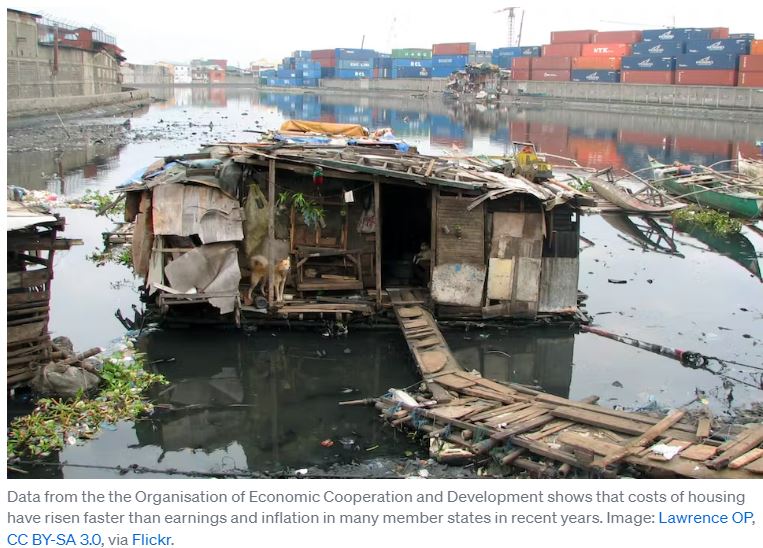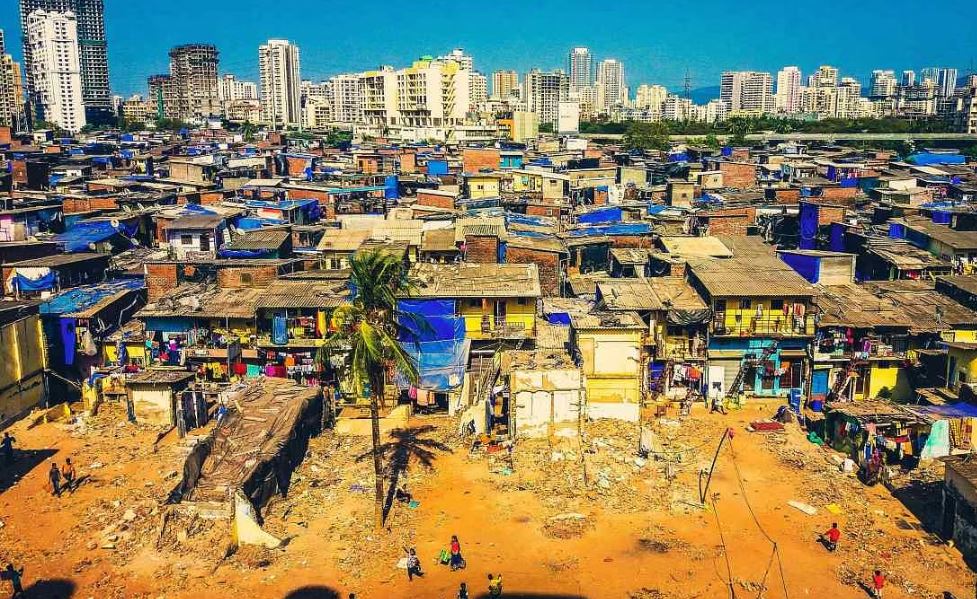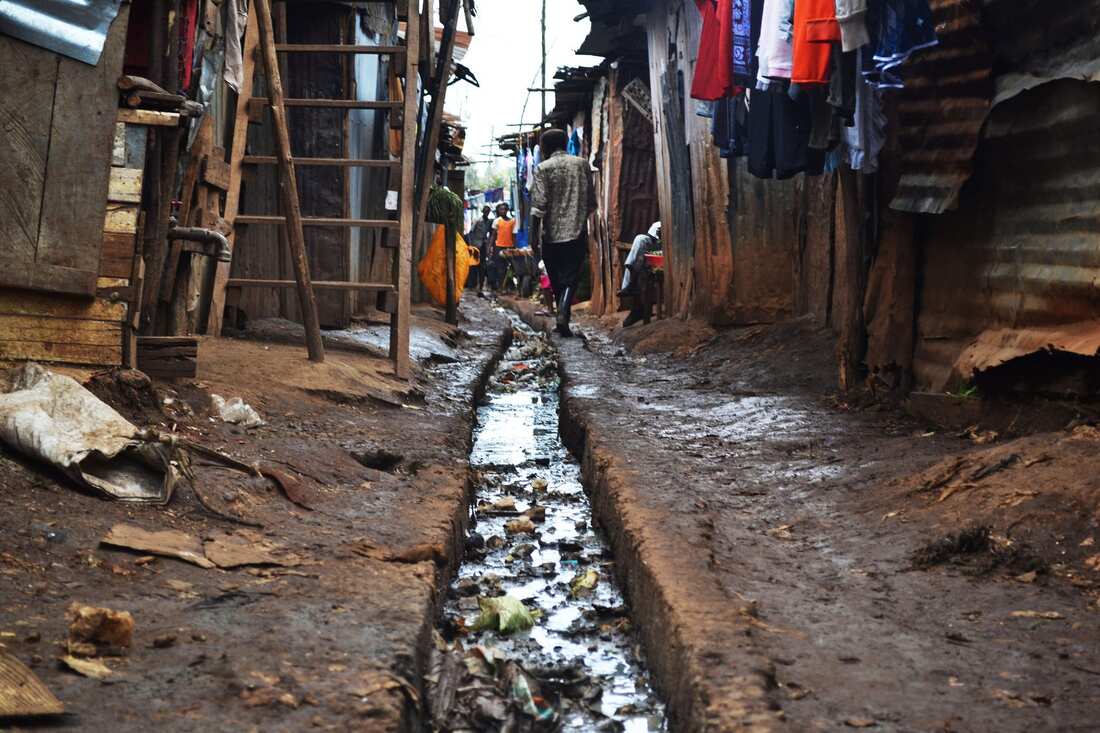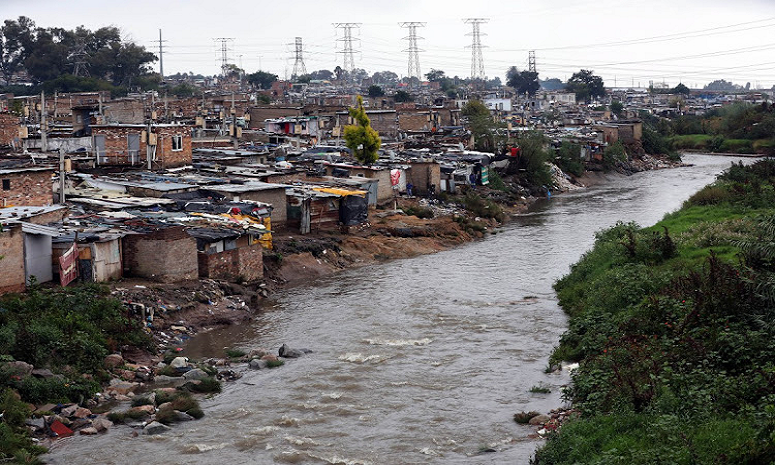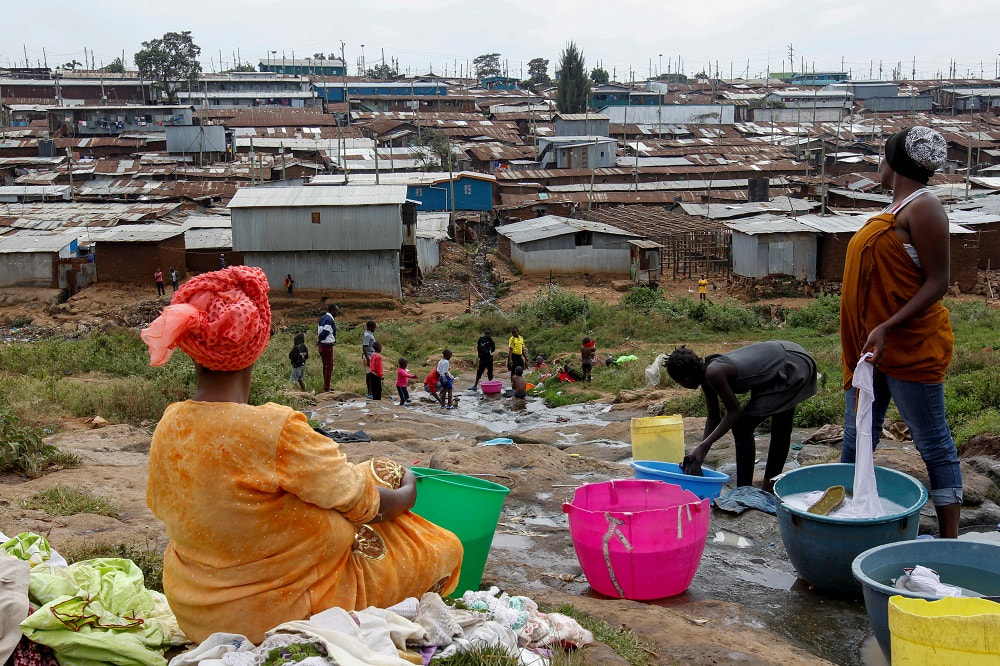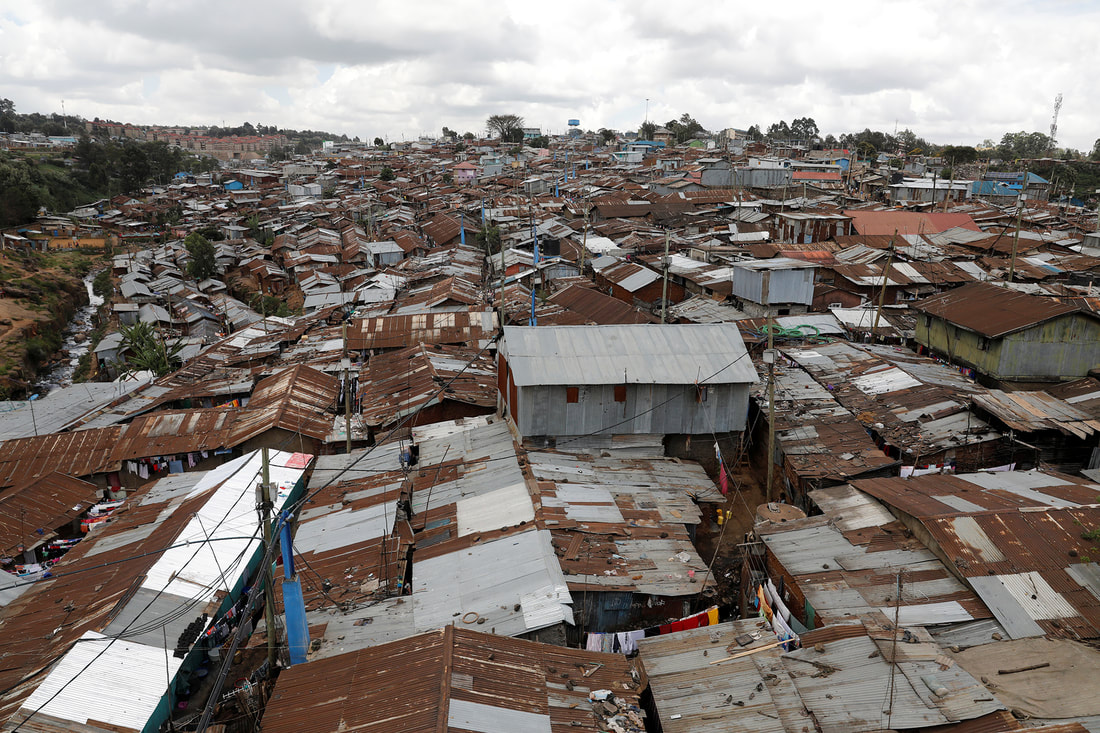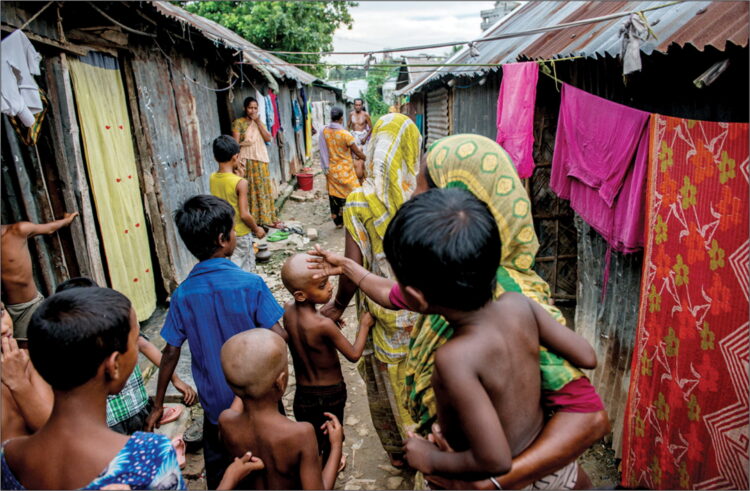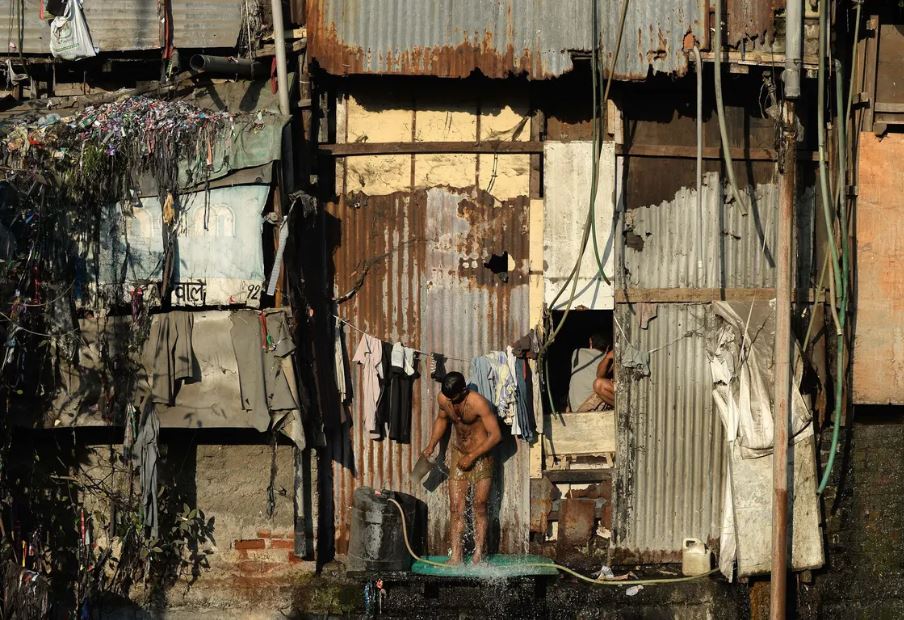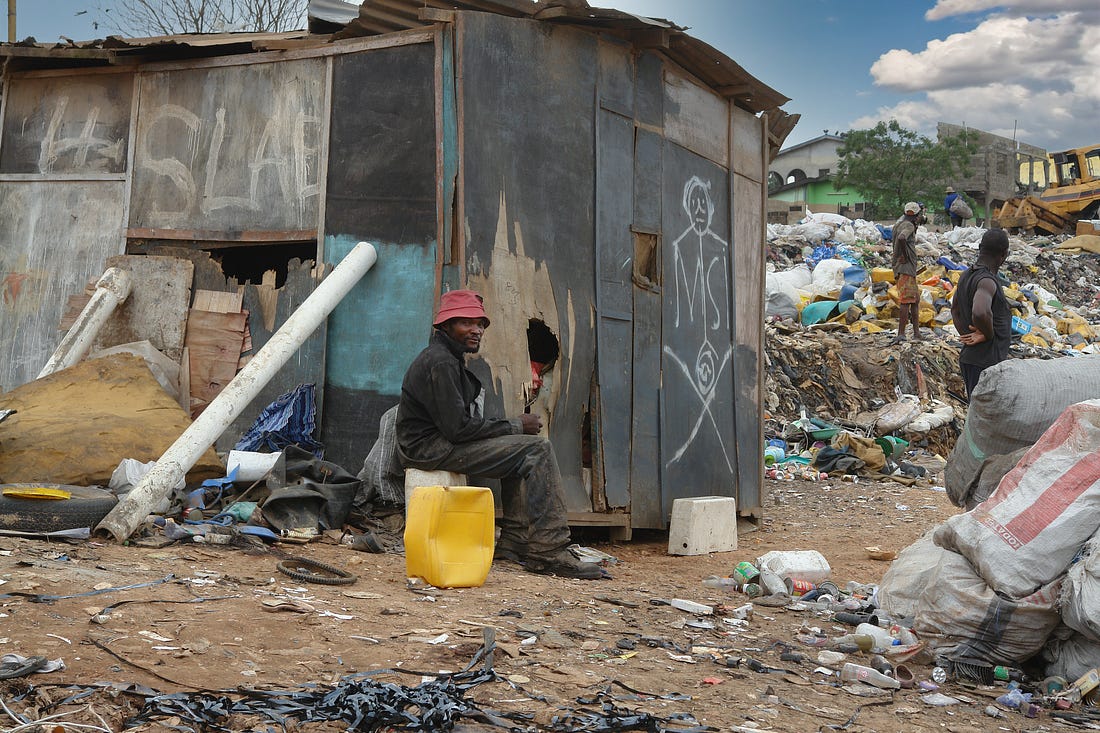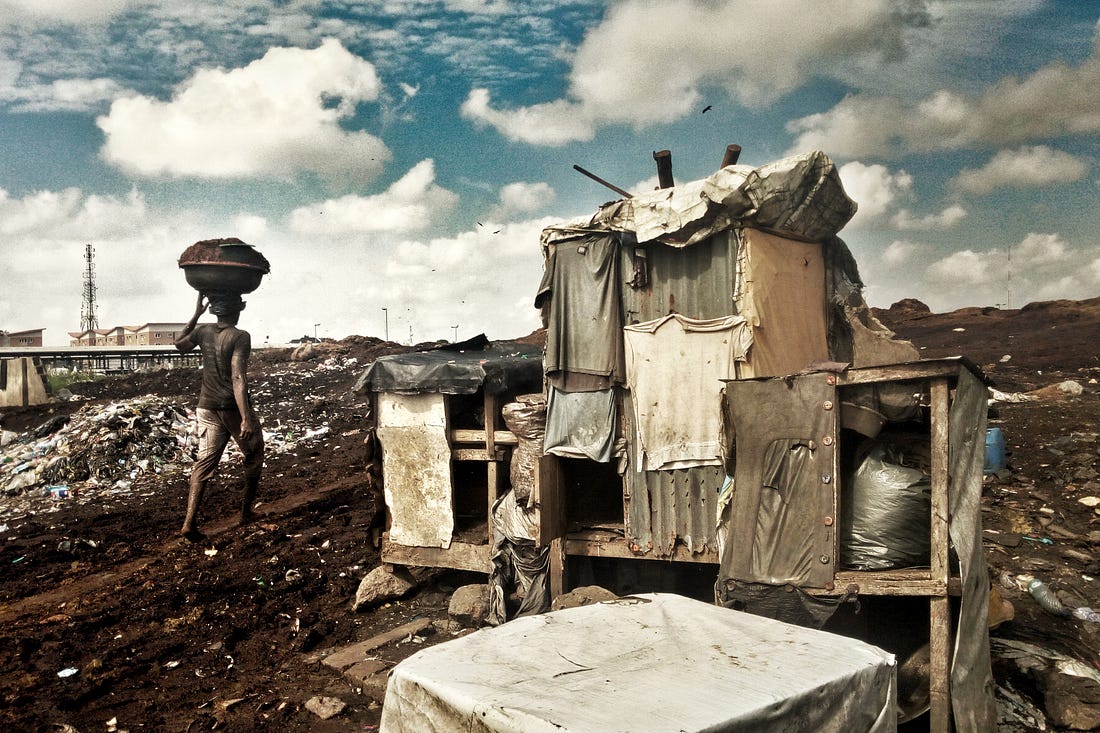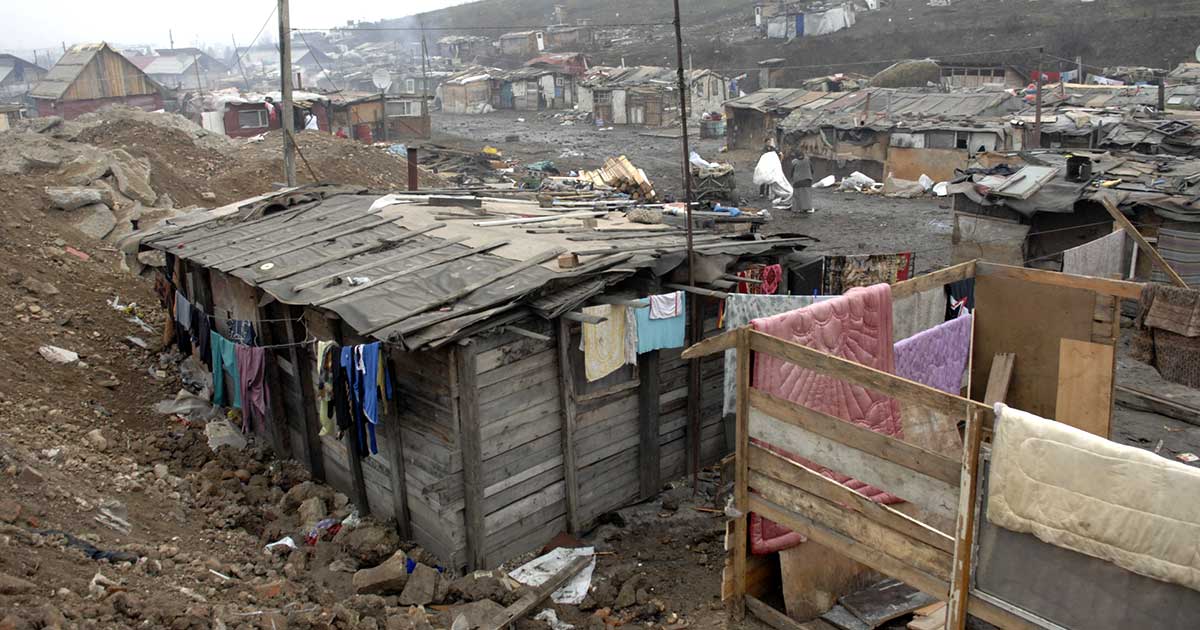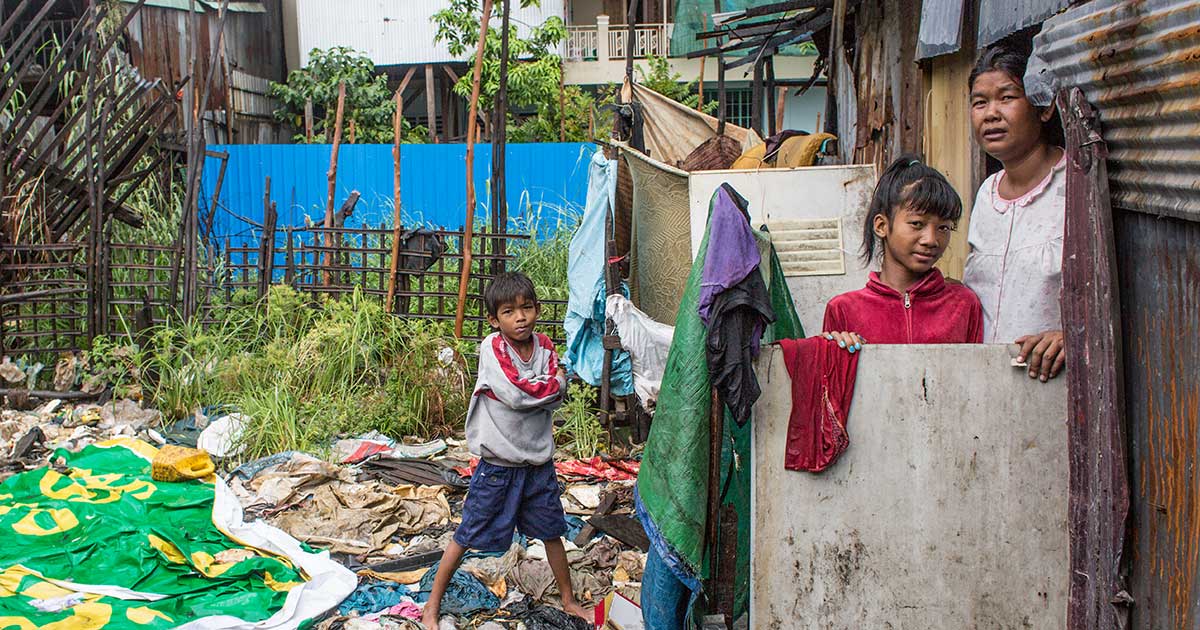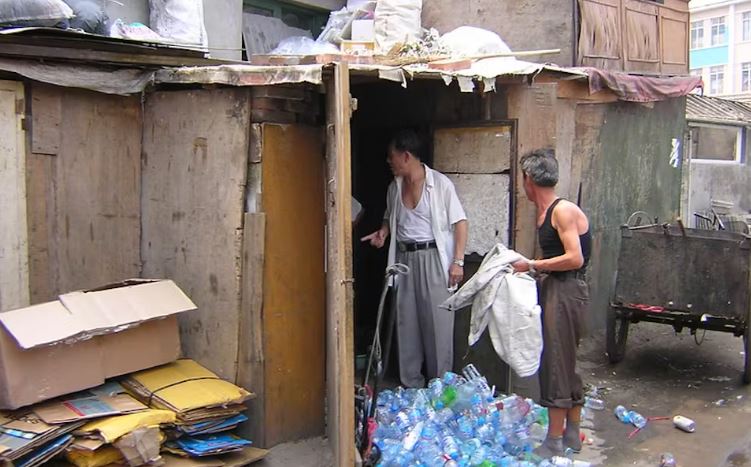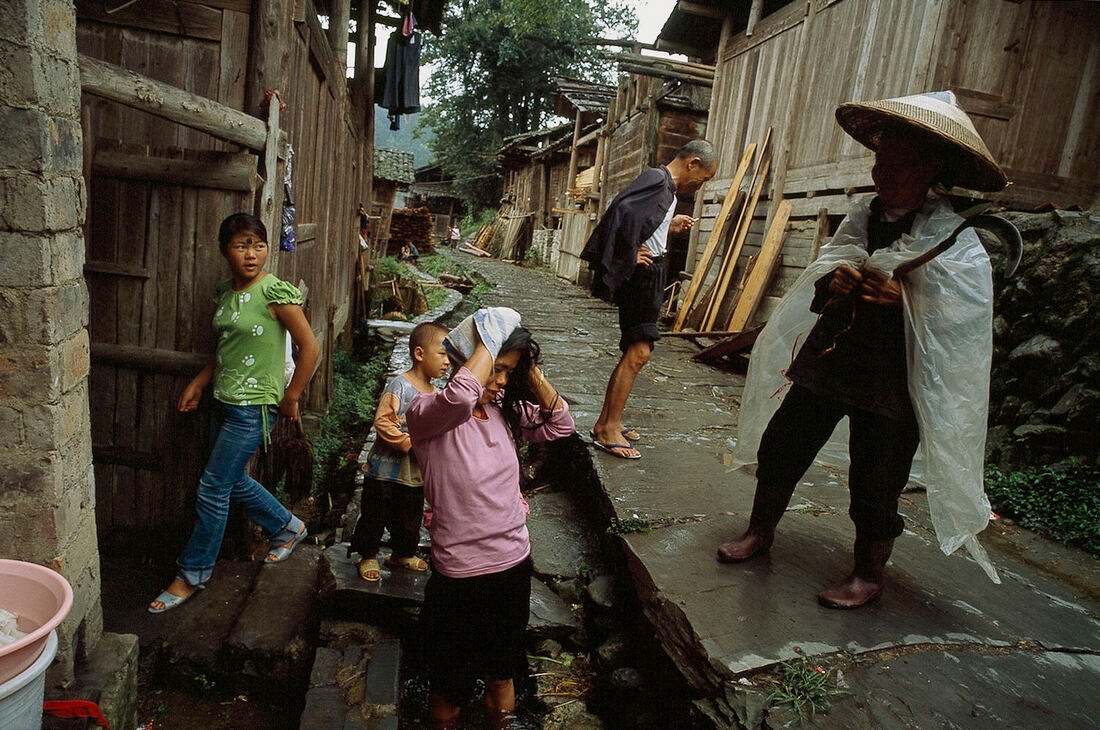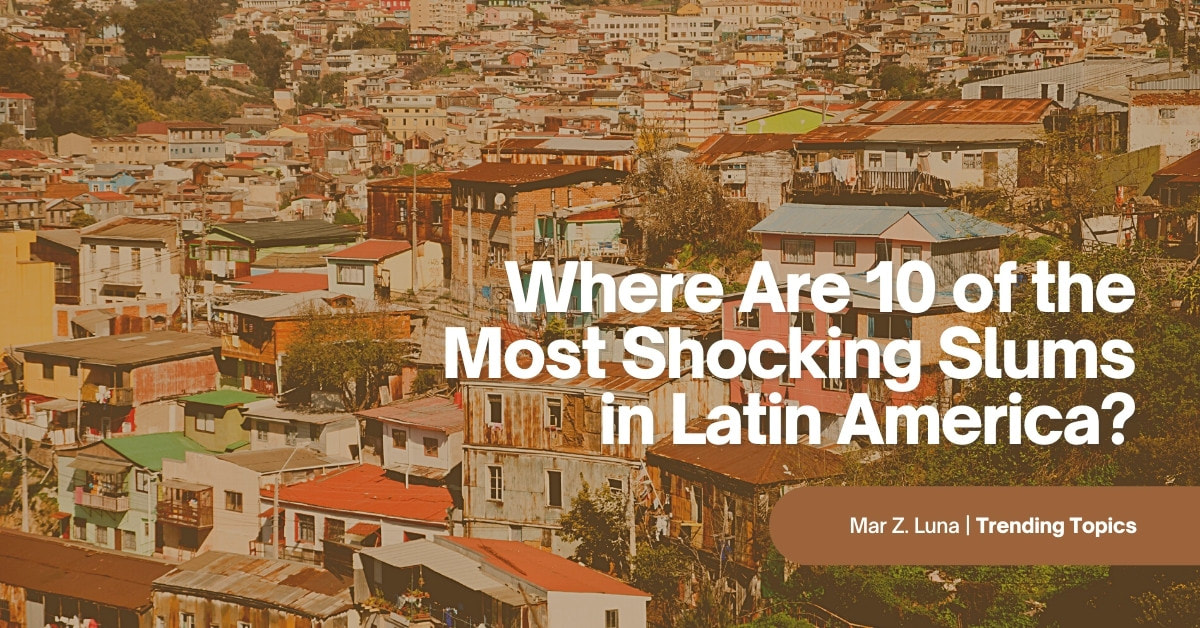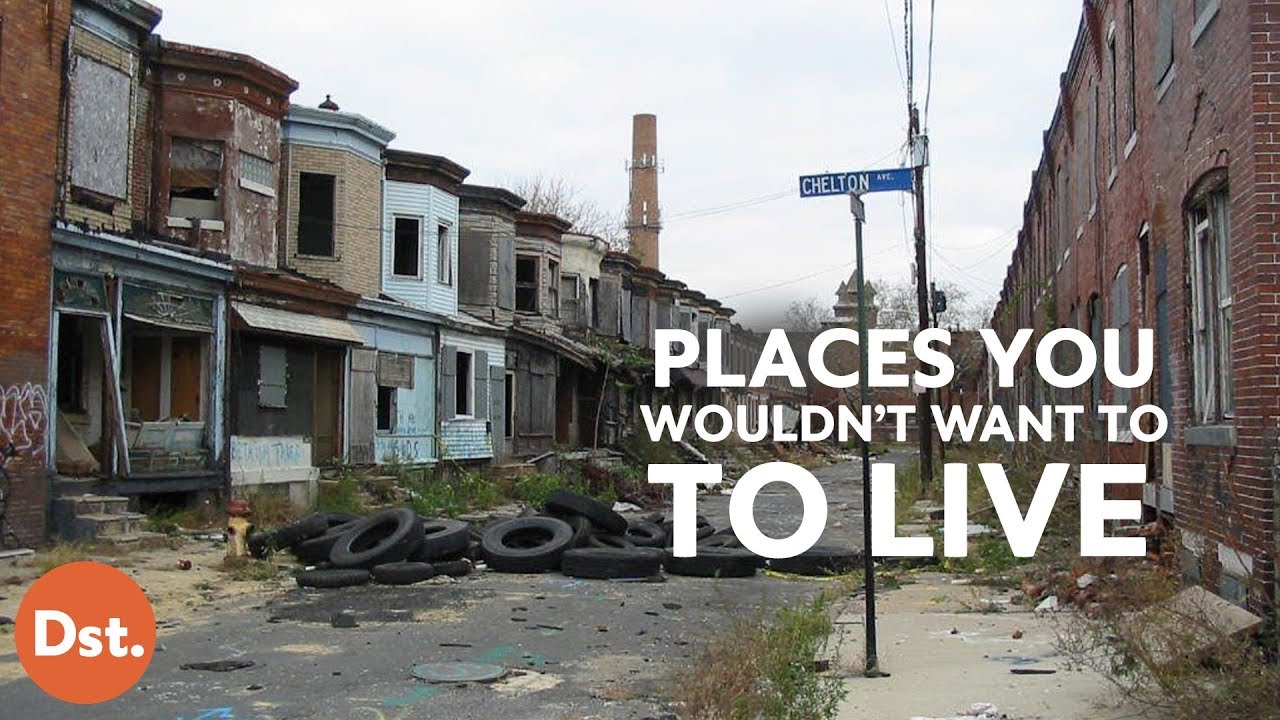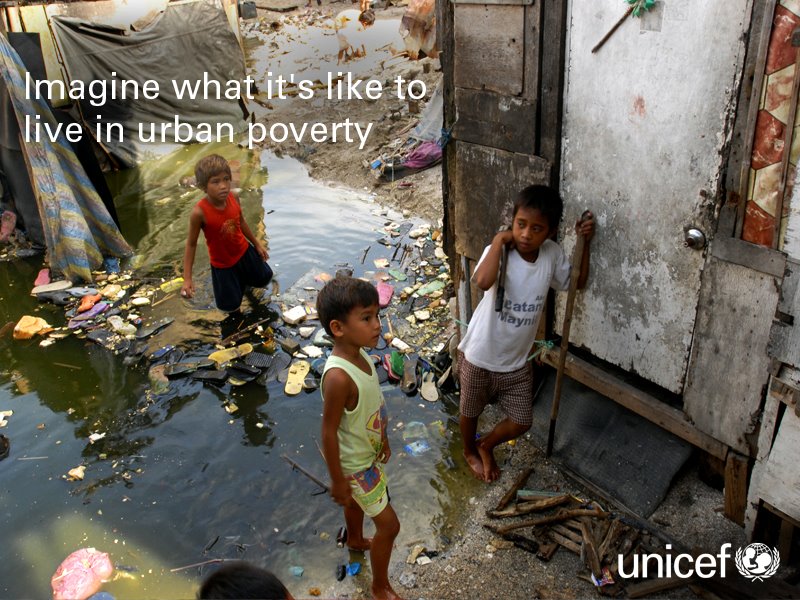22.06.2023
World's Slum Populations Set To Surge As Housing Crisis Bites
The UN says 3 billion people will live in slums by 2050 unless the world tackles poverty and inequality. More than one billion people globally reside in overcrowded urban slums such as Kibera, where they live a precarious existence, struggling to access basic amenities such as adequate housing, water, sanitation, power and waste collection, said the United Nations’ agency for urban development, UN-Habitat. This figure is projected to reach three billion people by 2050 - as populations grow and more people migrate to cities in search of better opportunities - presenting a major challenge for many governments across the world. UN-Habitat forecasts that 50 per cent of this growth in slum populations will be concentrated in eight countries: Nigeria, the Philippines, Ethiopia, Tanzania, India, the Democratic Republic of Congo, Egypt and Pakistan. Most residents are migrants from rural areas and earn less than US$2 a day in low-income jobs as motorbike taxi drivers, security guards, domestic workers or casual labourers. They are unable to afford decent housing. Toilets are shared pit latrines which often overflow during the rainy season, there is little piped water so residents rely on expensive and irregular private water tankers to fill their buckets and containers daily. Poor drainage and garbage collection mean floods are common - not only destroying homes and possessions, but also contaminating drinking water and even causing deaths through building collapses, electrocution and drowning. Residents in informal settlements are also at risk of forced evictions by authorities, and instances of bulldozers moving in to demolish people’s homes are common. Credit: WORLD ECONOMIC FORUM
Poverty deprives people of adequate education, health care and of life's most basic necessities- safe living conditions (including clean air and clean drinking water) and an adequate food supply. The developed (industrialized) countries today account for roughly 20 percent of the world's population but control about 80 percent of the world's wealth.
Poverty and pollution seem to operate in a vicious cycle that, so far, has been hard to break. Even in the developed nations, the gap between the rich and the poor is evident in their respective social and environmental conditions.
Poverty and pollution seem to operate in a vicious cycle that, so far, has been hard to break. Even in the developed nations, the gap between the rich and the poor is evident in their respective social and environmental conditions.

